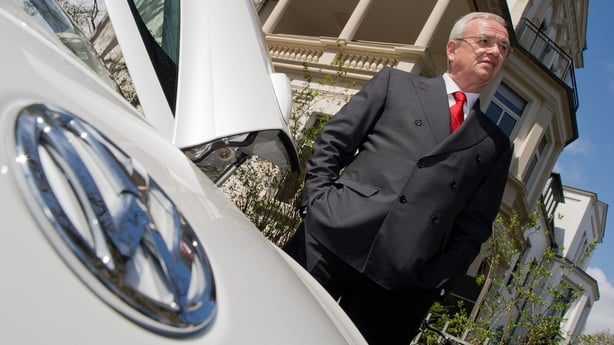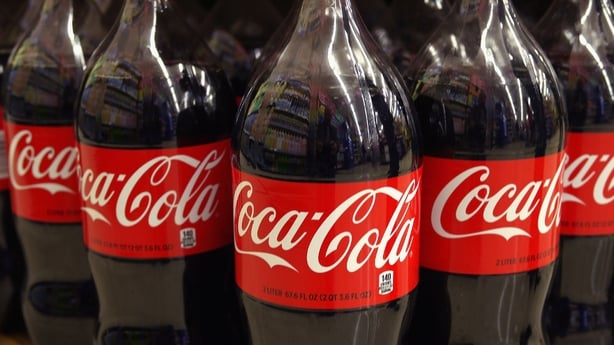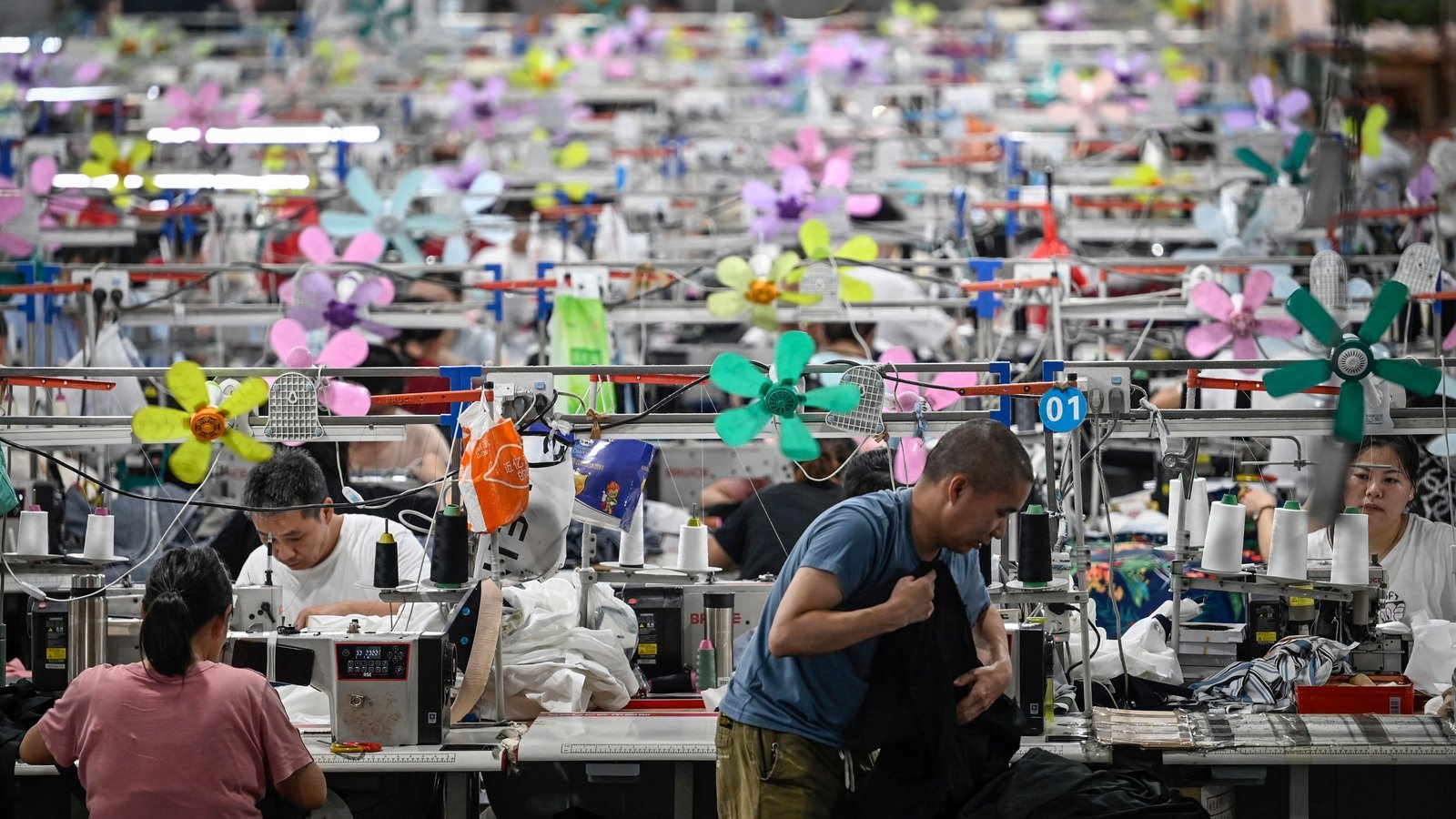Shein has been hit with its second fine from European regulators in as many months – with both including accusations of greenwashing.
The Chinese fast fashion retailer was accused by Italian authorities of making “misleading or omissive” environmental claims about its products, which centred on what were seen as vague, misleading and often confusing information about its attempts to be more sustainable.
A more specific part of the case pointed to a line of products it sold under the ‘evoluSHEIN by Design’ tag, which were said to be more sustainable.
But the Italian regulator said that sustainability was over-stated – and might have incorrectly led consumers to believe that they were made solely from ‘sustainable’ materials, while also being fully recyclable. Which was not the case.
As a result it imposed a €1m fine on a Dublin-based company – Infinite Style Services Co Limited – which operates Shein’s website in Europe.
Shein said it cooperated fully with the investigation and has taken immediate action to address the issues raised.
The move by Italian authorities follows the imposition of a €40m fine by French regulators last month. Much of that case was relating to false claims about the discount it was applying to certain products – but an element of it also related to its inability to substantiate a claim that it had reduced its emissions by 25%.
Is Shein the first fast fashion firm to have mislead consumers in this way?
We need your consent to load this rte-player contentWe use rte-player to manage extra content that can set cookies on your device and collect data about your activity. Please review their details and accept them to load the content.Manage Preferences
Far from it. The fashion industry is a major contributor to global emissions and waste and while some of the biggest operators have promised to do something about that, they’ve often failed to back that up with real action.
H&M, for example, has faced multiple accusations of greenwashing.
In one case it pulled a sustainability scorecard that it was using after an investigation found it was misleading. The idea of the scorecard was to show consumers what kind of environmental impact different materials had, but in one case it claimed a particular fabric used 30% less water in its production than standard processes – when the truth was it used 30% more.
It has also been criticised for its ‘Conscious Collection’, which included clothes made from organic and recycled materials. But this line only makes up a tiny proportion of H&M’s overall range – even though they would have made a big push to promote it in their marketing and in-store display.
And one of the key elements of their sustainability programme was to offer consumers the chance to recycle old clothes in-store in order to ‘close the loop’. Placed alongside a line of clothes that used recycling material, the clear implication here was the customers’ old clothes would be used to make new products.
But that just wasn’t the case.
Industry experts point out that recycling any fabric for use in the likes of clothing is actually extremely difficult – and often more expensive and less efficient than creating something from virgin materials. Really the most practical re-use of old clothing is for them to be repurposed as industrial rags, as insulation, or stuffing in couches and mattresses.
But an investigation by a Swedish newspaper in 2023 has raised doubts that the products sent through these recycling programmes even went to this use case.
At the time reporters dropped in ten new, unstained items of clothing into the recycling bins, with each one containing a tracker that allowed their movement to be monitored remotely.
They found that, at first, the products got shipped to Germany for processing – and many then were sent far afield towards their final destination. Some of the items turned up in Benin in Africa, one turned up in India, some ended up in Ghana – all countries where huge volumes of clothes are sent from the likes of western Europe, and generally either dumped of incinerated.
But this isn’t just a problem facing H&M. Experts have cast doubt on all of the major retailers’ clothes recycling schemes – because there is limited capacity to recycle items properly, and there are limited applications for that recycled material. There are also a lot of companies that are willing to take the problem off retailers hands for a fee – and, while they might give assurances that they are disposing of it correctly, they often end up dumping or burning it.
But critics say that the real goal of these recycling schemes isn’t to generate a flow of second-hand material for clothing lines. Instead, what these recycling programmes are said to be trying to do is make the consumer feel better about buying lots of clothes on a regular basis, rather than encouraging them to rethink their fast fashion purchases altogether.
Is this kind of greenwashing new?

No – companies have long tried to paint themselves as being more natural, healthy and eco-friendly.
But case of greenwashing have become more common – and more prominent – in the past two decades, as we have all become more aware of the need to reduce our emissions and our waste.
And survey after survey has shown that consumers want the products they buy to be more environmentally friendly; and most say they are willing to pay a premium for a more sustainable product.
But making your product greener can be hard work – it might require an overhaul of your supply chain, or spending more on better quality raw materials. It might even mean foregoing some profit margin or even sales in order to make the entire business more sustainable.
So many companies would rather put their efforts into looking more sustainable, and reaping the rewards, rather than actually changing things all of that much under the hood.
What’s been the biggest greenwashing case in recent history?

That’s likely to be Volkswagen’s emissions cheating scandal, which came to light almost ten years ago.
Dubbed Dieselgate, it related to the company’s attempts to hide the true emissions of some vehicles so that they would appear more environmentally-friendly. That made them more attractive to consumers, and allowed them to pass what were increasingly strict emissions standards tests in the US and in Europe.
It did this by fitting a piece of software in the car that allowed it to detect when it was being tested – at which point it would activate emissions controls. They would otherwise be switched off so as not to impact the car’s performance.
In one case it was found that the real world emissions were 40 times the level that showed up in testing – so it was a huge difference. And even though the company initially tried to say it was an isolated incident, and something that wasn’t an intentional company policy, it was eventually found to be in place in 11 million vehicles.
In the end Volkswagen had to pay out somewhere in the region of €33 billion in fines and compensation to national regulators – and customers who had been duped and left with a less-valuable car.
The case also had a huge impact on the company’s reputation globally – and forced it to completely upend its business. There was a management overhaul, the then CEO Martin Winterkorn resigned after eight years at the helm – he is currently awaiting trial in Germany for fraud. And the company’s new management team pledged to accelerate its plan to transition to electric vehicles as a kind of penance for the environmental impact Dieselgate had had.
Have any Irish firms been accused of greenwashing?

Yes – and one of the most prominent cases shows you just how tricky it can be to nail down a claim – because the same data can be presented in different ways to make completely different arguments.
Ryanair regularly boasts about its low emissions – it would have been delighted to see a report just last month by aviation analytics firm Cirium, which said it had the lowest emissions per passenger per kilometre of any large airline in the world.
But, at the same time, Ryanair has also been consistently ranked as one of Europe’s biggest polluters. Back in 2019 a report by Transport and Environment, based on EU data, said Ryanair was one of Europe’s top ten carbon emitters. All of the others in the top ten that year operated coal-powered energy plants.
And those two claims might seem to be at odds – but it’s possible for them both to be true at the same time.
Because Ryanair has a fairly modern fleet of planes, which are more energy efficient, and because it tends to fill more seats on each of its planes, it does mean that the amount of fuel burned per passenger tends to be a good bit lower than those using older planes, and with fewer bums on seats.
And this is the emissions metric Ryanair likes to use – the amount of carbon emitted per passenger, per kilometre travelled.
But of course Ryanair also carries a huge number of passengers each year – it had 203 million passengers in the year to July. That makes Ryanair the biggest airline in Europe by passenger numbers – and one of, if not the biggest in the world.
And generally each of those is travelling hundreds if not thousands of kilometres at a time.
And even if your per-passenger number is low – once it’s multiplied by 203 million, and then by hundreds or thousands of kilometres, you’re going to get a pretty big end figure.
Needless to say, while per-passenger emissions aren’t irrelevant, it’s also true to say that the environment doesn’t care how many people were involved in producing all of that carbon. The impact is has is just the same.
What are some other examples of greenwashing?

Well similar to those clothes recycling bins that shops have, there have been lots of recycling programmes set up that are of dubious value.
Nespresso’s pod recycling scheme has been accused of being inconvenient for users, while it is also not open to users of third-party pods. But by Nespresso’s own data, just one third of its are sent back to be recycled.
Similarly those packaging recycling stations in supermarkets are a form of greenwashing – because all they do is let the consumer dump the packaging in the shop, rather than having to bring it home and put it in their own bin. It doesn’t actually reduce the amount of waste being generated by supermarkets and consumer goods in the first place, which is the real problem.
Companies are also very good at making big promises around sustainability, but without any real enforcement in place to make sure they follow through.
Coca-Cola, for example, is the world’s biggest plastic polluter but, back in 2019, they promised to do something about that by sourcing half of their plastic from recycled material by 2030.
But late last year, they softened that target significantly, aiming instead for 35% of its material to be recycled by 2035.
Although you might not know it was a downgrade if you read their press release – which was titled ‘Coca-Cola company evolves voluntary environmental goals’. It made no mention of the old targets.
And of course many companies, including Coca-Cola, brag about their packaging being 100% recyclable – but that ignores the fact that only a small portion of plastic globally is recycled each year – most is dumped or burned.
And even after consumers go to the effort of cleaning and properly disposing of plastic – and paying for it to be collected – there’s still no guarantee it will be recycled.
But sometimes greenwashing doesn’t even need to get consumers lost in the weeds like that – it can be something as simple as a company literally making its packaging green, maybe adding a few flowers to make it look more natural, or packaging it in brown cardboard that looks more eco-friendly even if it isn’t.
And unfortunately, while there are resources online to help consumers to make good choices, most of the onus is on them to figure out what is genuinely good and what is simply marketing trickery.
